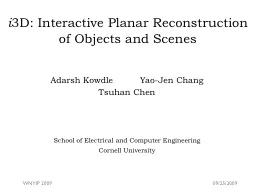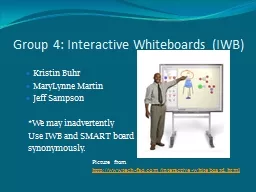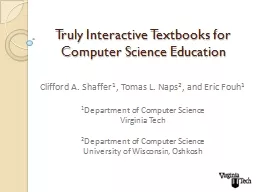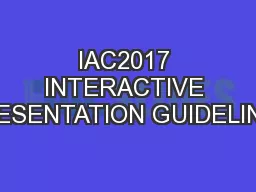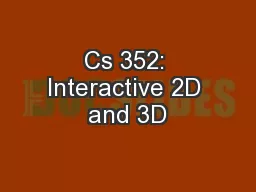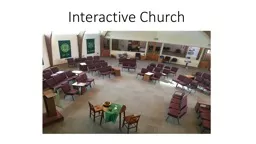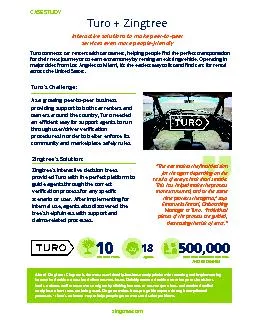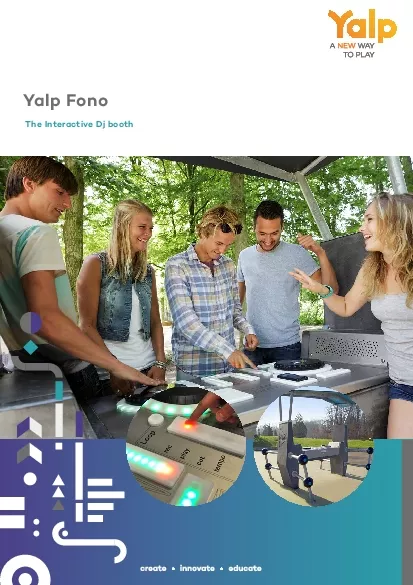PPT-Real World Interactive Learning
Author : olivia-moreira | Published Date : 2018-02-10
Alekh Agarwal John Langford ICML Tutorial August 6 Slides and full references at httphunchnetrwil 1 1 5 4 3 7 5 3 5 3 5 5 9 0 6 3 5 2 0 0 Training examples Training
Presentation Embed Code
Download Presentation
Download Presentation The PPT/PDF document "Real World Interactive Learning" is the property of its rightful owner. Permission is granted to download and print the materials on this website for personal, non-commercial use only, and to display it on your personal computer provided you do not modify the materials and that you retain all copyright notices contained in the materials. By downloading content from our website, you accept the terms of this agreement.
Real World Interactive Learning: Transcript
Download Rules Of Document
"Real World Interactive Learning"The content belongs to its owner. You may download and print it for personal use, without modification, and keep all copyright notices. By downloading, you agree to these terms.
Related Documents


